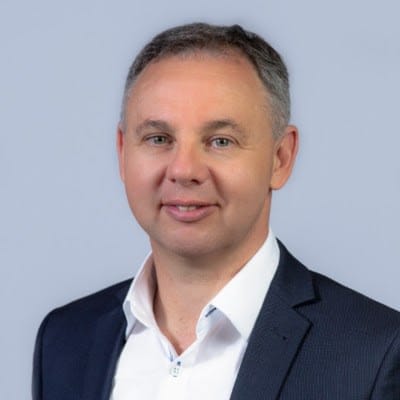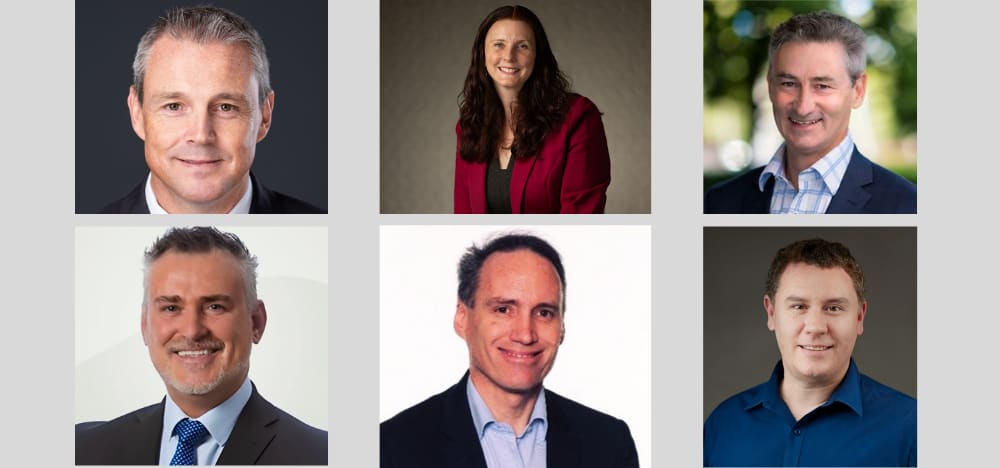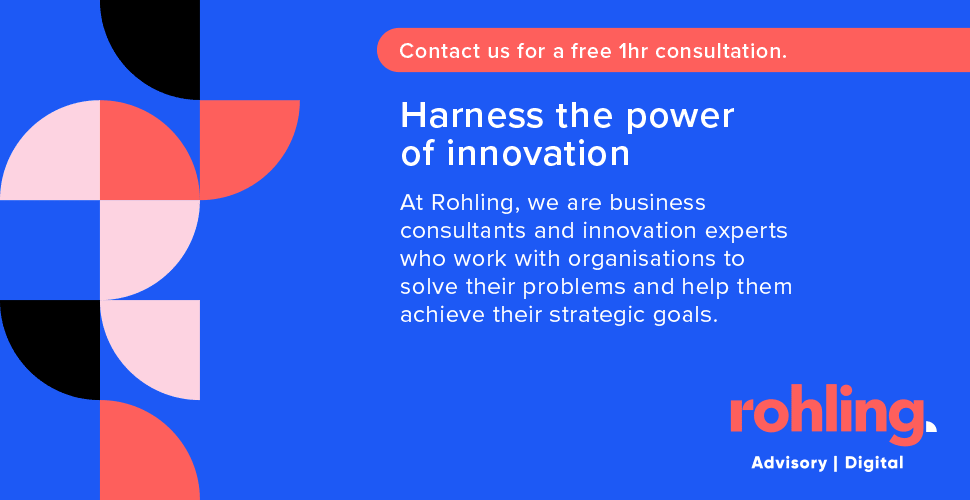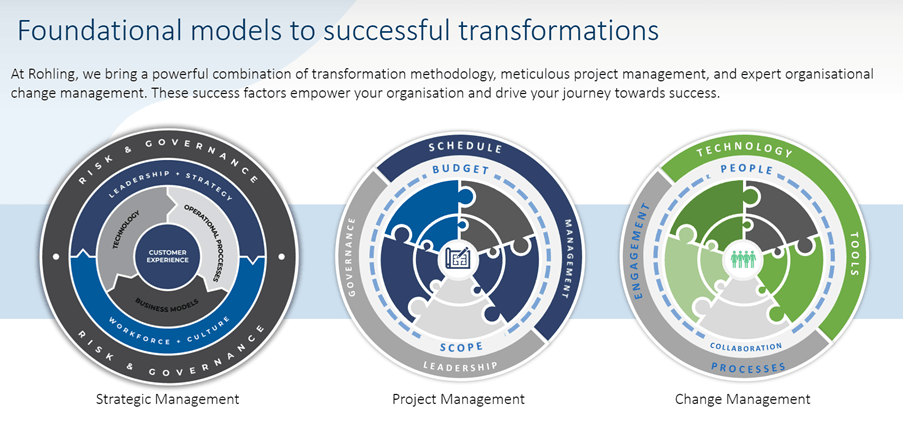What keeps aged care’s CIOs awake at night
Data breaches, cyber security and budget cuts – with technology the key to gaining the advantage in the new competitive marketplace, leading CIOs from across the sector share their biggest worries. Aged care and retirement living is facing...

Data breaches, cyber security and budget cuts – with technology the key to gaining the advantage in the new competitive marketplace, leading CIOs from across the sector share their biggest worries.
Aged care and retirement living is facing a seismic shift in the delivery of services and accommodation – and technology could be the ‘make or break’ for many operators. So, how are the CIOs of our largest providers preparing their organisations for this unknown future? With the sector now waiting on the Government’s response to the Aged Care Taskforce’s Final Report, it appears that the sector will have an answer on its future funding and pricing within the next 12 to 18 months. But with few new aged care beds being built and an increasing number of Baby Boomers turning 80, how will providers service this rising demand?

Darren Gossling, CEO and Managing Director of aged care IT consulting firm Rohling International, brought together some of the leading CIOs in the sector to hear the challenges and opportunities they face and presented the findings to the audience at the LEADERS SUMMIT:
- Fiona Caldwell – Estia Health
- John Sutherland – HammondCare
- Mick Young – Anglicare Sydney
- Craig Carter – ACH Group
- Brett Reedman – Catholic Healthcare
- Daniel Pettman – BaptistCare NSW, ACT and WA

Here’s what they had to say:
Technology is a must-have to create more time to care
With not enough staff to service the growing number of older Australians in need of aged care services, technology will be needed to not only maximise the time for carers to deliver services, but to bridge the gap when carers are not available. “From my side, one of the key challenges is how we free our staff at the point of care to provide better care and more care and wrapped around our philosophy of care which is that focus on personalised care,” said John. The CIOs were keen for their organisations to take advantage of new IoT devices, particularly in the health care and personal safety space. “I start thinking about … how do we use machine learning and more generally our data to drive better predictive models so that we can recognise if someone’s quality of life is deteriorating,” said Mick.
“You’ve got to find ways to continue to innovate, push the boundaries and look for new ways – whether it be for operational efficiency, whether it be for some new tech around wearables for our clients,” added Brett. “We need to try and find ways to innovate to help our organisation.”
The role of the CIO is changing fast
Five years ago, CIO roles were about managing the technology across the organisation. Today, the CIO is responsible for leading the development of strategy and transformation across the business in larger organisations. They must predict the changing needs of the business and then integrate an effective IT platform to match. “For us, we’re thinking about how we can do things more efficiently,” said Fiona.
“Have we got the right systems? Are our processes streamlined or could they be done in a different way to make them more streamlined? Have we integrated our systems effectively? What are the opportunities for better integration? Where can we use more automation? These all play into how we can use technology to help our business be more efficient and optimal in the way that it operates.”
In aged care, CIOs should be reporting to the CEO and form a critical part of the executive leadership team. “You have to understand the business and by being part of that leadership team, you are immersed, you understand the legislative changes, you understand the impact on the frontline,” said Brett. “If you’re getting second-hand information passed down to you, you’re behind the eight ball as a CIO. With cyber, AI and data analytics, it’s so critical that they have a seat at the table.”

But technology also requires a ‘top down’ approach
Technology is not just the domain of the CIO – the board, CEO and executive team also need to ‘buy in’ if an organisation wants to adopt an innovation culture. Often the CIO is left to come up to a solution to a problem, but the CIOs stressed the need for a multidisciplinary approach. “If you turn to the IT person, they’re going to come out with a very technological lens,” explained Daniel. “You need people and culture, operations, finance, legal [to come up with a good solution],” said Daniel.
“I think this is where the CIO and the technologists can really bring in that thinking about what’s best practice in data, AI, cyber, and business efficiency.”
Traditionally, the ‘solution’ was also a piece of software, they noted – today, the answer is much more holistic. “The CIO was always seen as the person who was able to pick the right piece of software,” said Craig. “But now it’s about crafting a number of disciplines within the organisation and coming up with much more complex solutions because we’re operating in a much more complex environment.” Rohling International has developed the concept of a digital room – an ecosystem of technologies and data designed to connect an individual’s care journey as they transition between different settings – which they recommend operators adopt to deliver these kinds of complex solutions. “By implementing a concept like this, it will give greater insights to care teams internal to the organisation and externally, to inform decision making and support them in delivering more personalised care outcomes for individuals,” said Darren.
Cyber security needs to be front of mind
The CIOs were very wary of the reputational, financial and operational consequences of a cyber security incident for their businesses.
“I think no matter how many years you’ve invested in really good cyber programs, there’s more and more investment needed because the risks are continuing to grow and evolve as we move forward,” stated Fiona.
Managing this risk requires building partnerships with businesses and not just relying on software vendors to protect the organisation. “Cyber – everyone thinks it’s about technical controls,” said Daniel. “It’s about every single person in your business being aware of what a phishing scam is or having undergone training, so they’re not tricked or falling for a cyber scam. So, the CIO must be across all of those.”
Data is “uranium” for your business – very valuable but also very dangerous
The CIOs also pointed to the importance of data quality as a critical piece to inform strategy, but also a risk in terms of liability – think the Medibank or Optus data breaches. “The problem is, with any system, if the data in is not useful, then the output’s not going to be useful,” said Fiona. “We’re using a lot of third-party systems where we don’t have validation on data entry. So, there are data quality issues with some of the data that flows through and having ways to proactively identify and fix that data is important.” Daniel noted that at BaptistCare, they refer to data as ‘uranium’ – very valuable but also very dangerous if misused.
“You don’t want to keep data longer than you must or you’re legislated to because it becomes a liability potentially. On the other hand, capturing lots of lots of data can give you insights into trends, decisions. [It’s] valuable for helping your business make the right decisions. So, there’s a real tension there.”
The advice: treat data as a strategic asset to discover insights and trends and inform your strategy.
Good change management is the key to successful digital health implementation – but often the first cut to the budget
Darren told the audience that Rohling often hears comments such as ‘the system doesn’t help me do my job’ and ‘it’s so hard to use’ when reviewing IT projects. The lesson: many great technology projects fail because people’s needs are often overlooked or just seen as part of the training and implementation.

The result: IT systems become a hindrance instead of helping staff to get the job done. The CIOs agreed that involving the end use in the project from Day 1 must be embedded in the life cycle of any project. “Most large technology projects have impacts on people, on process, on culture, on data hygiene and it’s really a combined effort to realise the benefits of those projects throughout the project,” said Daniel. “We’ve been guilty of this ourselves in our earlier transformation activity, we considered it a last stage activity as opposed to something that needs to happen throughout the life cycle to make sure that it delivers the benefits which we expect,” added Craig.
“So, it’s not just about the implementation and the adoption of the change. It’s about from day one capturing the hearts and minds of people as to why you’re doing it.”
Hear from Darren Gosling at the LEADERS SUMMIT 2024:







